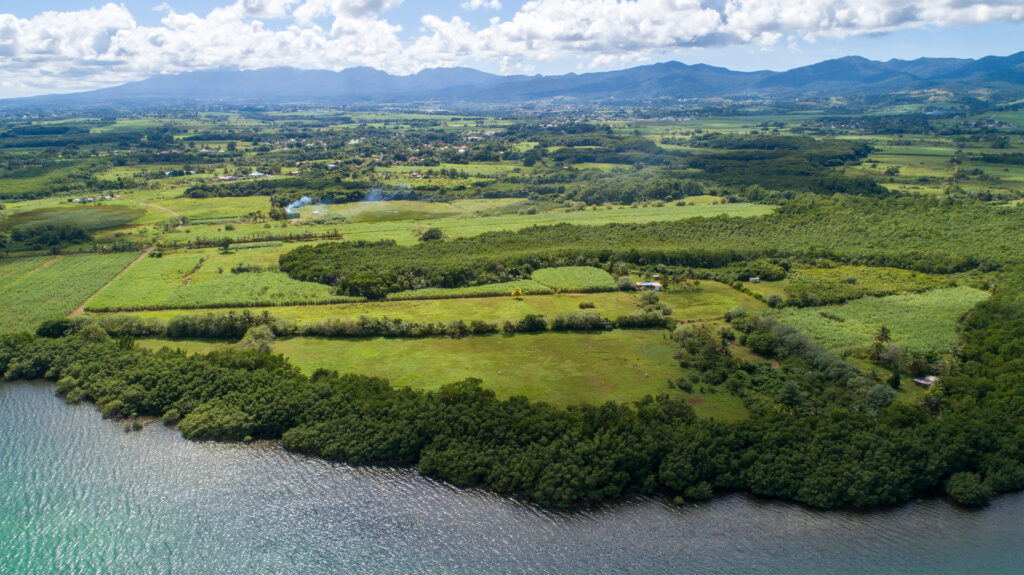
THE GRAND CUL DE SAC MARIN AND THE SALÉE RIVER
Description
The Grand cul de sac marin is a 15,000-hectare bay* (the largest lagoon in the West Indies)
located between the north coast of Basse-Terre and the west coast of Grande-Terre. In addition
to the sea, it is bordered by mangroves, swamp forests and herbaceous marshes. Delimited and protected from the waves by the longest coral reef in the Lesser Antilles, this site draws everybody’s attention for its great beauty and biodiversity. It has two natural maritime reserves and 7 islets, the best known being the islets of Caret, Macou, Fajou and La biche. The Grand cul-de-sac marin is a coastal wetland* conducive to the reproduction of terrestrial and maritime flora* and fauna. The “Rivière Salée” is a natural strait that connects the Grand and the Petit Cul-de-sac Marin and unites the Atlantic Ocean and the Caribbean Sea. This develops around the floodable tropical forest* that is the rich and leafy mangrove of La Gabarre. Once it was crossed by flat-bottomed boats called “Gabare”, which later gave way to the Gabarre bridge that we know today, and then to a second bridge, that of the Alliance.
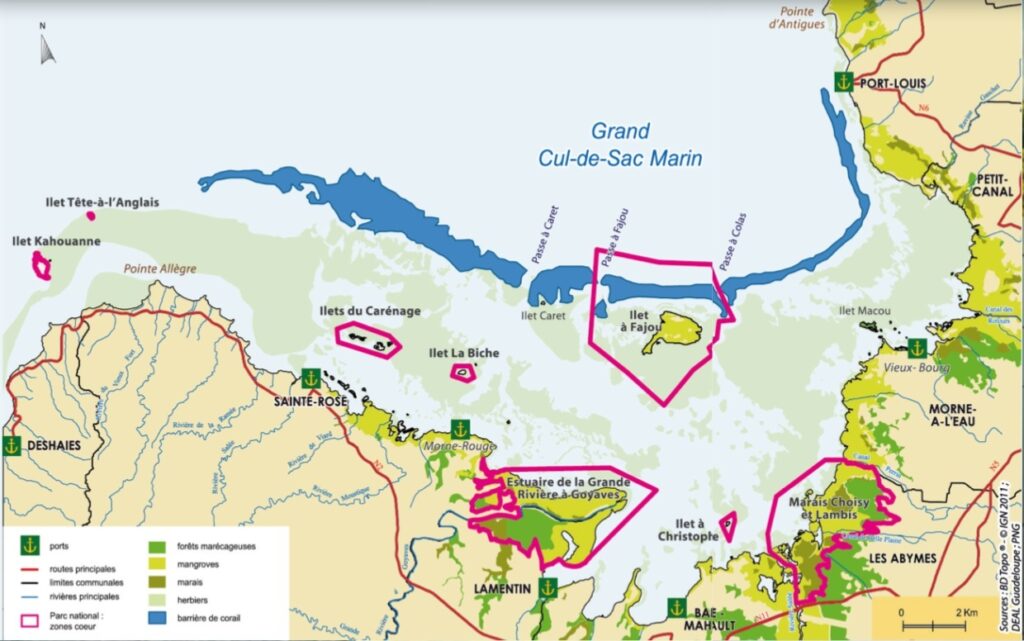
Biodiversity
The Grand cul-de-sac marin as a whole benefits from a great diversity of its ecosystems* that
give it the status of a biodiversity reserve, now integrated into the heart of the National Park.
It has a wide range of animal species, notably thanks to the mangrove swamp* which is an
important place for the reproduction, birth and development of many animals such as: fish,
birds (brown pelicans – Pelecanus occidentalis, roseate terns – Sterna dougallii) or even crabs
(such as the sand fiddler crab or Uca pugilator).
In addition, the coral reef is also home to an exceptional variety of fish, mollusks, corals and
gorgonians.
However, both of these rich and precious ecosystems are in danger due to human pollution.
That is why it is essential to protect them, so that future generations can also benefit from them.
They are great reservoirs of oxygen and life, which places the Caribbean among the hotspots of
global biodiversity, for which they deserve our full attention. It is necessary to know them better
to understand and protect them properly.
Ecotourism potential
The Grand cul-de-sac marin is known for its tourist qualities. It welcomes coastal and maritime
tourism thanks to its various islets (although some are closed periodically to preserve
biodiversity). It is possible to dive and discover, in the turquoise waters, its multicolored fish,
sea cucumbers and a thousand other wonders of the seabed.
For the more sporty and ecological, it is possible to visit the mangrove by kayak. Enjoying a
guided tour, a picnic and surf-kayak for the lucky ones. There are mangroves, jellyfish, starfish
and seagrass beds in Sainte-Rose or Morne-à-l’eau.
The Grand cul-de-sac marin, therefore, is a jewel with enormous wealth that must be preserved.
However, all the goods and advantages that it brings are not yet known by the general
population, which delays the awareness of our mistakes and the damage they entail. The
development of educational outings in the mangroves and in the sea allows adults and children
to get close to these ponds and understand their importance without damaging them.
The key players in the tourism trade, work for its economic development at great speed,
maintaining in parallel a monitoring and rational management of ecological protection by the
teams of the Guadalupe National Park, the National Forestry Office, the Coastal
Conservatory * and nature protection associations.
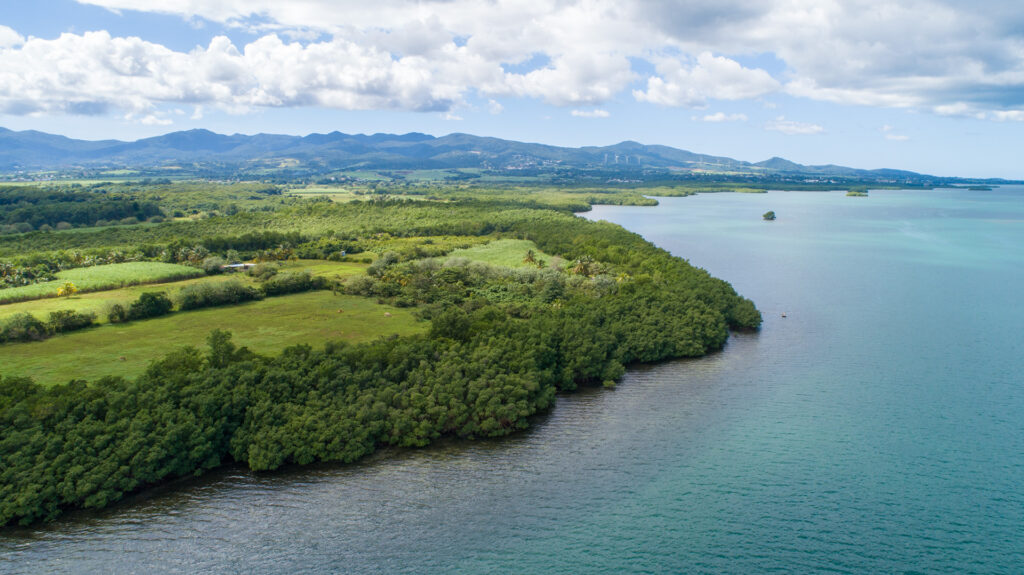
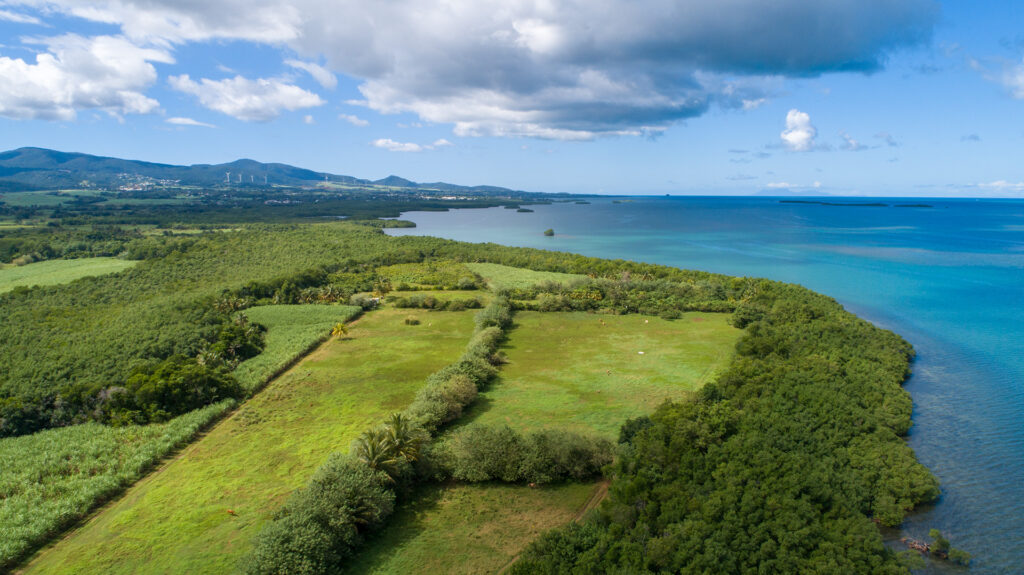

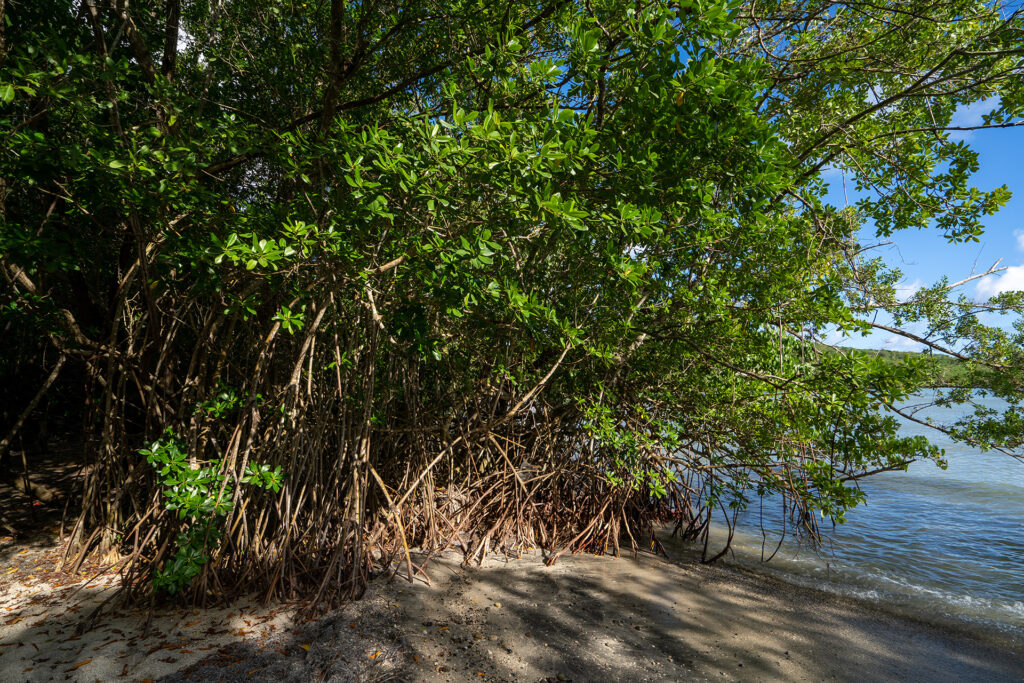
Informations
-
Types de milieux
Baies -
Location
